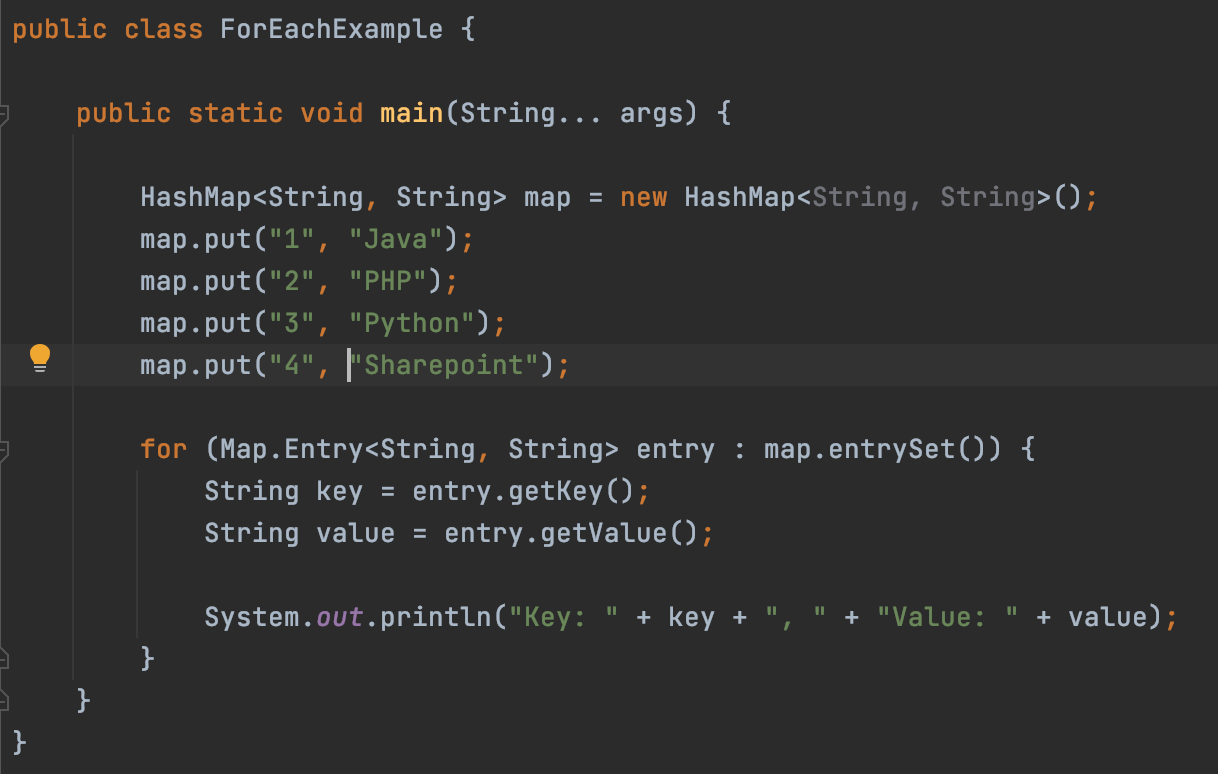


In many cases a single static proxy is sufficient. The ProxySelector API returns a specific proxy for a given URI. sendAsync(request, BodyHandlers.ofString())Ī ProxySelector can be configured on the HttpClient through the client's Builder::proxy method. POST(BodyPublishers.ofString(requestBody)) header("Content-Type", "application/json") HttpRequest request = HttpRequest.newBuilder(uri) ObjectMapper objectMapper = new ObjectMapper() public CompletableFuture postJSON(URI uri, Once an HttpResponse is received, the headers, response code, and body (typically) are available.
#Java http client java 8 how to#
The BodyHandler determines how to handle the response body, if any. A BodyHandler must be supplied for each HttpRequest sent. The following example demonstrates how to use the Jackson library, in combination with the BodyPublishers::ofString to convert a Map of String key/value pairs into JSON. An HttpClient provides configuration information, and resource sharing, for all requests sent through it. The convenience request body handlers can be used, along with a third-party library to convert the request body into that format. In many cases the request body will be in some higher-level format. Alternatively, a streaming subscriber, like ofInputStream could be used. The above example uses ofString which accumulates the response body bytes in memory. HttpClient internally handles one or more HTTP request / HTTP response exchanges needed to execute an HTTP method successfully. Lets dive in for examples and recipes that can be followed to perform common tasks using the Java HTTP Client Synchronous Get Response body as a String public void get(String uri) throws Exception ) The other concepts, like back-pressure and flow-control, has been provided by reactive streams through API. The new API is now providing non-blocking request and response handling by CompletableFutures. Requests sent to servers that do not yet support HTTP/2 will automatically be downgraded to HTTP/1.1. By default the client will send requests using HTTP/2. Well organized and easy to understand Web building tutorials with lots of examples of how to use HTML, CSS, JavaScript, SQL, Python, PHP, Bootstrap, Java. Prior to Java 11, developers had to use legacy class HttpUrlConnection which is considered to be more abstract or use third-part library such as Apache HttpClient, or OkHttp.įrom JDK11, It supports HTTP/1.1 and HTTP/2, both synchronous and asynchronous programming models, handles request and response bodies as reactive-streams, and follows the familiar builder pattern. An HttpClient can be used to access any resource on the web via HTTP.


 0 kommentar(er)
0 kommentar(er)
